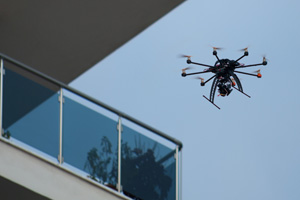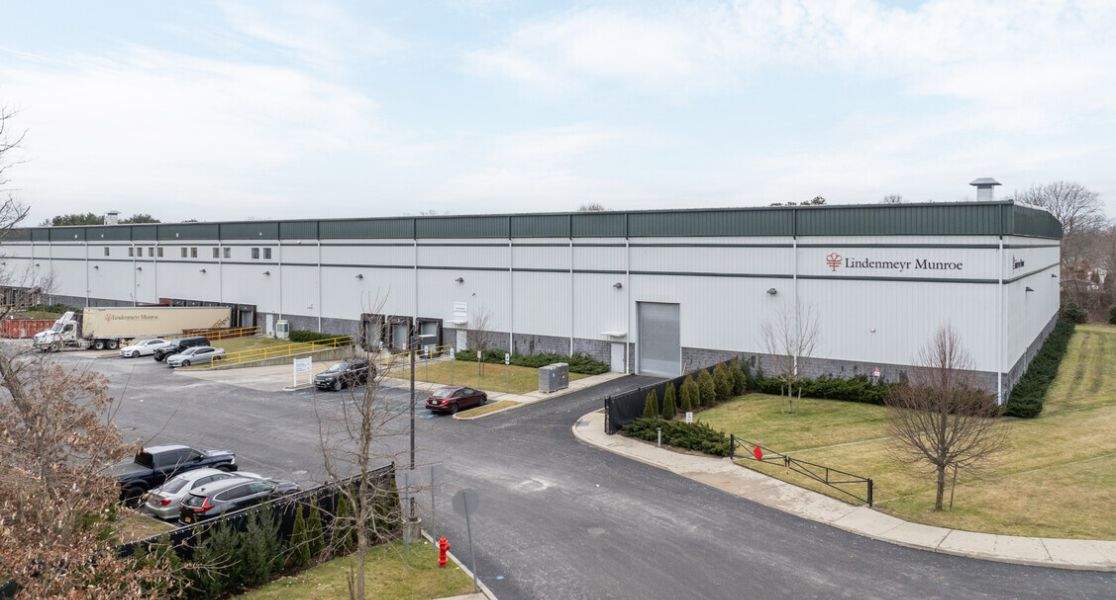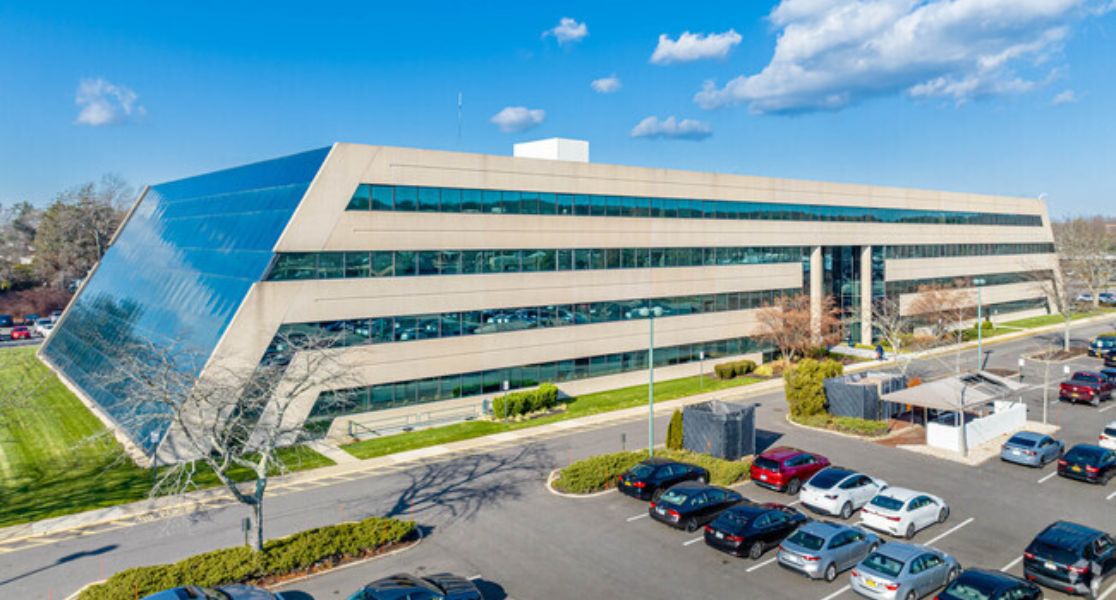 Unmanned aircraft systems (UAS), also commonly referred to as drones, are small-scale aircrafts without a human pilot aboard. The applications for this new technology are varied and numerous; however, the excitement around drones is certainly getting a lot of talk and attention within the real estate industry. While the Federal Aviation Administration (FAA) is currently creating rules allowing commercial drone use, which could take about two years, real estate agents are eager for the drone rule changes. The real estate industry quickly embraced the proposed measures, which are said will “enhance the process of buying and selling real estate.”
Unmanned aircraft systems (UAS), also commonly referred to as drones, are small-scale aircrafts without a human pilot aboard. The applications for this new technology are varied and numerous; however, the excitement around drones is certainly getting a lot of talk and attention within the real estate industry. While the Federal Aviation Administration (FAA) is currently creating rules allowing commercial drone use, which could take about two years, real estate agents are eager for the drone rule changes. The real estate industry quickly embraced the proposed measures, which are said will “enhance the process of buying and selling real estate.”
Current Status and Rules
If you think you can just go out and buy a drone and use it for commercial purposes think again. There are currently strict rules around drone usage that must be adhered to. Current FAA rules allow drones for recreational use, while strictly prohibiting drones for commercial use unless FAA approval is obtained. For recreational or hobby use, this is allowed under certain conditions, the most notable of which is that the drone must be flown within visual line sights of the operator and not more than 400 feet above ground. Due to legitimate concerns, the FAA requires that explicit authorization be obtained in order to operate a drone or UAS for commercial use. Authorization can come in various forms, this most common of which is a Section 333 Authorization. The FAA has received about 220 requests for permission to fly a UAS for commercial use, however they have only granted 15 of them. In January 2015, the FAA issued permits to use drones to photograph properties for sale, marking the first time permission had been granted to companies involved in real estate. Currently, there are about 5 real estate related commercial drone approvals granted to date.
Future Change in Rules
Yowards the beginning of the year, the FAA proposed drone rule changes, which would allow a more flexible framework for the UAS with limitations on nocturnal and line-of-sight use. Proposed rules also address height restrictions, operator certification, use of spotters, and aircraft registration. Although the FAA is currently working on implementing these procedures that will allow for commercial operations in low-risk, controlled environments, the rule change is still about two years away. The new rules will provide guidance on the various permits and registrations operators will need to obtain, when and where the drones can be used and the requirement for reporting accidents or injuries. Some of the requirements included in the proposed rules are:
- Commercial drones’ flights would be restricted to 500 feet altitude, 100 MPH of speed, and daylight hours
- All flights would need to be within visual line sight of the person operating the drone
- Operators of commercial drones would be required to pass an aeronautical knowledge test to be issued a permit to fly, which must be renewed every two years. (This would be different from receiving a pilot’s license.)
Benefits and Concerns
New drone technologies can help real estate agents market properties in ways that were cost-prohibitive in the past. With the landscape changing so rapidly, agents must stay ahead of the game and provide the very best and most recent picture or video of a property possible. Also, when dealing with out-of-state or international buyers who shop remotely, having accurate and detailed photos of a property are highly valuable. The images that drones are capable of are better than most satellite photography on public websites such as Google Earth or Google Maps. These images can detail the physical conditions of roofs or details in structural elements. Industry forecasts predict that drones will create tens of billions of dollars in economic development and create thousands of new jobs once commercial use is prohibited. However where there are benefits, there are always concerns. Privacy and safety are the two main concerns here. Some say that they do not want drones flying over their private property. And of course, there is the risk and concern of how safe these drones truly are. These are two concerns that will most definitely be addressed by the FAA’s new rules.





